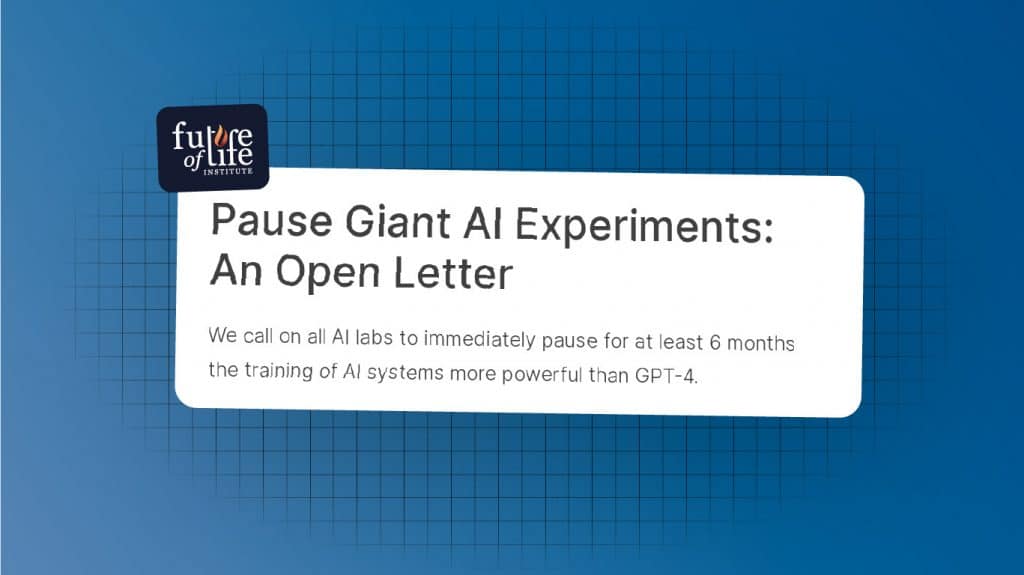Global AI Policy

Contents
How countries and organizations around the world are approaching the benefits and risks of AI
Artificial intelligence (AI) holds great economic, social, medical, security, and environmental promise. AI systems can help people acquire new skills and training, democratize services, design and deliver faster production times and quicker iteration cycles, reduce energy usage, provide real-time environmental monitoring for pollution and air quality, enhance cybersecurity defenses, boost national output, reduce healthcare inefficiencies, create new kinds of enjoyable experiences and interactions for people, and improve real-time translation services to connect people around the world. For all of these reasons and many more researchers are thrilled with the potential uses of AI systems to help manage some of the world’s hardest problems and improve countless lives.
But in order to realize this potential, the challenges associated with AI development have to be addressed. This page highlights four complementary resources to help decision makers navigate AI policy: A dashboard that helps analyse the current documents published on the OECD website, a global landscape of national and international AI strategies; a list of prominent AI policy challenges and key recommendations that have been made to address them; and a list of AI policy resources for those hoping to learn more.
1. National Strategy Radar
NOTE: This resource is not designed for use on mobile. Please view on desktop for the best experience.
The Future of Life Institute has partnered with PricewaterhouseCoopers in the development of an initiative to analyze the soft and hard law efforts to govern artificial intelligence (AI). The dashboard below was created with the help of a natural language processing tool that categorized documents downloaded from the OECD’s AI governance database in February of 2022. Further background information on this initiative is available in this blog post and users can expect periodic updates to this resource.
Summary View
This dashboard summarizes the distribution of AI documents published by governments and sorted by geography, year, and topic. The fact that a country lacks a bubble does not mean it lacks documents relevant to artificial intelligence. Rather, it indicates that they are not available within the OECD database.
How to use:
- Clicking on one of the countries on the map will display the year and topic distribution of that country.
- Clicking on a topic in the bottom right frame will display the distribution of that topic on the map and the bar chart.
Document View
This view gives an in depth look at all the documents individually, organized by their country of origin and the topics identified via a natural language processing-based dashboard developed by PwC.
How to use:
- Clicking on the download icon to the left of the file name will open the document in question
- On the right hand side, documents can be filtered by year of publication
- On the left hand side, users can select and filter by topic
2. AI Policy Challenges
This page is intended as an introduction to the major challenges that society faces when attempting to govern Artificial Intelligence (AI). FLI acknowledges that this list is not comprehensive, but rather a sample of the issues we believe are consequential.
Here are ten areas of particular concern for the safe and beneficial development of AI in the near- and far-future. These should be prioritised by policymakers seeking to prepare for and mitigate the risks of AI, as well as harness its benefits.
3. AI Policy Resources
The evolution of AI systems has proved to be so rapid and continuous that society now expects novel methods and applications everyday. To keep up, stakeholders in the public, private, and nonprofit worlds are responding with a variety of instruments, from soft to hard law, and academic or grey literature. As a result, the resources that describe and respond to the policy challenges generated by AI are always in flux. This page contains a few excellent resources to help you stay up to date.
About the Future of Life Institute
The Future of Life Institute (FLI) is a global think tank with a team of 20+ full-time staff operating across the US and Europe. FLI has been working to steer the development of transformative technologies towards benefitting life and away from extreme large-scale risks since its founding in 2014. Find out more about our mission or explore our work.
Related content
Other posts about Collection, Featured

Statement on Superintelligence

Introductory Resources on AI Risks

Pause Giant AI Experiments: An Open Letter

